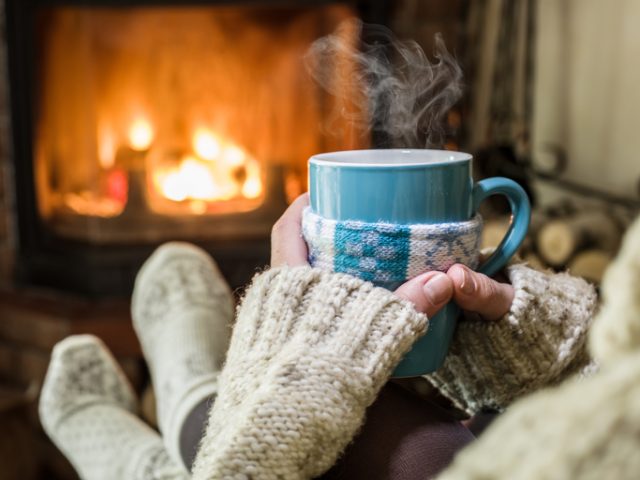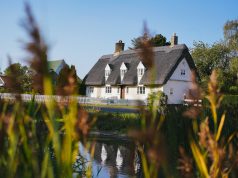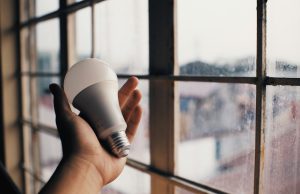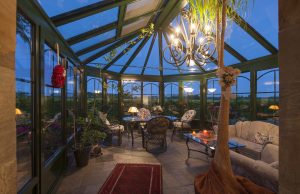
With winter fast approaching and temperatures falling, households around the UK will turn their attention to staying warm, relying on their central heating systems to keep them cosy over the festive season. In a time of increasing energy prices and given the fact that over 70% of household energy consumption is spent on heating homes, here are ten tips to winter-proof your home and keep your energy consumption to a minimum:
- Do an external inspection
Spend just 15 minutes doing a visual inspection of your property – check for broken or missing roof tiles and broken gutters. This is also a good time to clean out your gutters, as overflowing gutters can cause damage to walls.
- Check your loft insulation
According to the Energy Saving Trust, a quarter of the heat from homes is lost through the roof, so in combination with an external check, inspect your roof insulation. Check it’s in good condition and up to current standards.
- It’s time to service your boiler
Get your boiler serviced by a reputable plumbing and heating engineer. To reduce energy bills, consider upgrading to a new A grade condensing boiler. The Energy Saving Trust states that this can save households up to £340 annually, as well as reducing emissions of carbon monoxide by a whopping 1,500kg, so you not only save money but also reduce your carbon footprint.
- Check your heating infrastructure
Install lagging around your water pipes. This costs as little as £10 per household but will pay for itself within the first year of cost savings. Not only will heating bills be reduced, but lagging will also prevent the pipes from freezing, avoiding the costs and turmoil cause by blocked and burst pipes. Also consider insulating your water tank – this again costs as little as £15-20 but will lead to savings of £20-25 per year, again paying for itself within the first year.
- Maximise your radiator efficiency
Check the heat flowing through your radiators – if cold at the top and warm at the bottom, air bubbles may be trapped inside and the radiator will need bleeding. Bleeding simply involves opening a valve to release the trapped air, allowing the warm water to flow freely, heating the entire radiator. Additionally, if not already in place, consider installing thermostatic radiator valves. A recent study by the University of Salford indicated that this can lead to annual cost savings of 40%. An additional option to maximise heat from your radiators is to fit radiator panels. These reflect the heat back into the room, preventing it from being absorbed into the walls.
- Programme your thermostat
According to their Cold Weather Plan published in 2014, Public Health England recommends room temperatures of 18 degrees centigrade. Given that turning the dial down by 1 degree can cut heating bills by 10% it’s worth checking the temperature your thermostat is set to. An increasing number of households are installing smart apps such as Hive from British Gas. Using this smart app, heating and hot water can be controlled remotely. This allows customers more flexibility and control over their environment and energy use, conveying cost and carbon footprint savings.
- Sweep the chimney
If you have an open fireplace, it’s time to get the chimney swept. For households with a fireplace that isn’t used, a chimney balloon can be installed to seal up the stack and reduce heat loss.
- Draught-proof your home
A lot of heat is lost through the walls of a house. Cavity wall insulation can help prevent heat loss, but if this isn’t an option for your property, at the least check for cracks in the walls and any associated draughts. Seal up any cracks with a cork filler and invest in draught excluders. Additional options include putting sealant around doorframes and fitting letterbox covers.
- Look at – not just through – your windows
Double glazing cuts heat loss through windows by some 50%, but if this isn’t an option for your property or budget, consider installing secondary glazing. Also look at your window dressings – thermally insulated curtains can help prevent heat loss, and make sure you open your curtains during the day to use free heat from the sun, closing them as soon as it’s dark.
- Finally, don’t forget the garden
Put away or cover any garden furniture and check garden paving for cracks – if ice forms not only is this a slip hazard but the paving tiles will also crack and need replacing.













